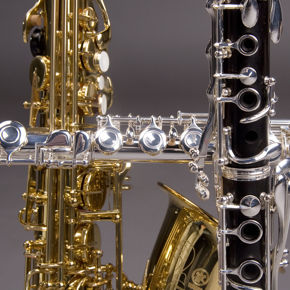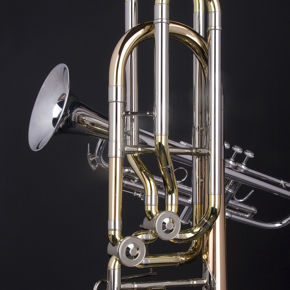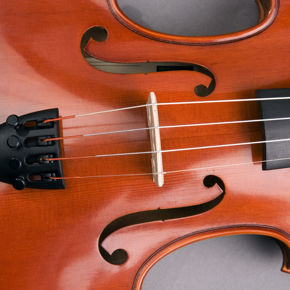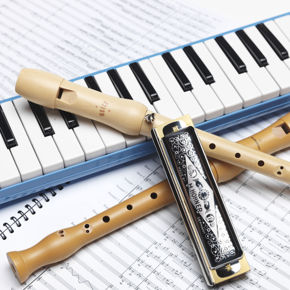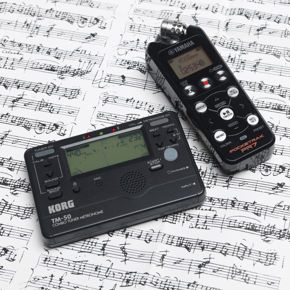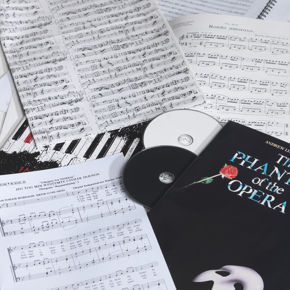Finalndia Op. 26, Jean Sibelius. Study Score
Tilgjengelighet: Bestillingsvare
Jean Sibelius (18651957)
Finlandia Op. 26
Tone Poem [orch] Duration: 9'
2.2.2.2 4.3.3.1 timp.perc str
Finlandia Op. 26 numbers among the most frequently played and best known works by Jean Sibelius.
Details
* study score
* PB 3318
* 28 pages - 16,5 x 22,5 cm - 69 g
* ISMN: 979-0-004-20071-1
* Saddle Stitch
Description
The tone poem Finlandia op. 26 was written in fall 1899 as the closing piece of the "Music for the Press Celebrations," in which the Finnish intelligentsia voiced its protest against the Russian government's tightening of the censorship laws. In its final form, the work was given its world premiere in Helsinki on 2 July 1900 under the title "Suomi" (Finland). The orchestra then went on a European tour which also led them to the World's Fair in Paris. Immediately after this tour, Finlandia won its lasting celebrity.
Preface
Finlandia op. 26 numbers among the most frequently played and best known works by Sibelius. The title itself emphasizes the national component which so decisively stamped Sibelius music. Although the composer adhered to the traditions of the 19th century, he nonetheless transcended this retrospective outlook and fused Romantic elements together with specific Finnish traits, as can be found in his melodic structure for example. Sibelius also often referred to Finnish history and mythology in his tone poems, which he based on extra-musical programs. His aim was to create a national music which at the same time could satisfy the criteria of art music.
Finlandia owes its origin to a concrete political event. 1899, the year Finlandia was written, is also the year in which Russia considerably tightened its political pressure on Finland. The period of passive opposition set in. In the form of charity events, called press galas, the Finnish people attempted to preserve and strengthen their national identity. During one such event which took place from 3 to 5 November 1899, six tableaux vivants from Finnish history and mythology were represented, to which Sibelius composed the music. Instead of the national anthem, which usually closed such a festivity, the symphonic poem Finlandia was heard. The message and function of the work were thus solidly established. Finlandia offered an enormous potential for national identification, which led it to be banned in Finland. However, it was often played abroad and soon became very popular.
When Jean Sibelius was asked in March 1900 to write an overture for a concert of the Orchestra of the Philharmonic Society at the occasion of the World Exhibition in Paris, he did not compose a new work, but revised the finale to the Music for the Press Pension Celebrations.
The present piano version was already publised in the fall of that year.
In contrast to Sibelius other symphonic poems, elements from Finnish music do not really predominate here. This may seem curious at first, since Finlandia is the very embodiment of Finnish national music. But here it is the anthem-like character which is in the forefront. Striking and easily remembered motifs and themes serve the function of the piece better than differentiated and highly elaborated melodic textures, for example. A clear formal concept with distinct ceasurae and transitions is preferred to broadly rambling and developing passages. Sibelius was less interested in specific Finnish elements than in a concise and comprehensible musical statement. Finlandia ends with a grand crescendo to fortissimo which symbolizes the Finnish peoples ardent hope for freedom.
Wiesbaden, Fall 198
Compatible with PB/OB 5658.

